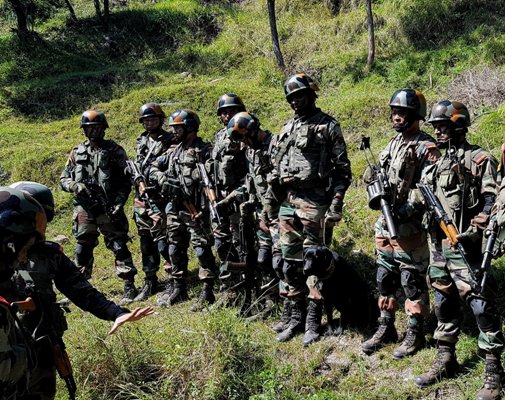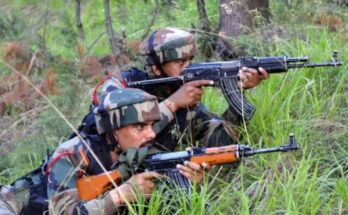Chief of Army Staff Unit Citation for 3rd battalion of Naga Regiment

Team News Riveting
The rise of Naga Regiment coincides with the insurgency surge in the North East of India in the late sixties. And the regiment that was under training pushed into counter-insurgency operations with barely any preparation.
The 3rd Battalion of the Naga Regiment had been conferred with the Chief of Army Staff Unit Citation in recognition of their outstanding and meritorious contributions at the Army Day 2021. The 3rd Battalion of the Naga Regiment is among the 15 battalions that have been conferred with the citation.
The formation of the Naga Regiment had an interesting story. In 1957, when the Naga Hills area was simmering with insurgency, a convention of the Naga people took place and resulted in a charter of demands including statehood for Nagaland and a separate entity for the Naga people in the Indian defence forces.
During 1960, the delegation of the Naga Peoples Convention put forward a proposal for a separate regiment to fulfil their desire of playing a greater role in the armed forces. Nagaland attained its statehood in 1963 and the Naga Regiment was formed seven years later.
Nevertheless, a remarkable fact about its raising was that several ex-militants were given a fair chance to prove their newfound nationalism and made to join the Indian Armed Forces; many of them were directly appointed junior commissioned officers. Even before their training could be completed and the recruits were administered the oath of allegiance, insurgencies began in northeast India. Bypassing the training schedule, the Naga Regiment was ordered to move into the concentration areas. The regiment was pushed into counter-insurgency operations with barely any preparation.
The first battalion of the regiment (1 Naga) was raised at the Kumaon Regimental Centre, Ranikhet on 1 November 1970 under the command of Lt. Col. R.N. Mahajan.
The manpower to raise this battalion was provided by battalions of the Kumaon Regiment, Garhwal Rifles and 3 Gorkha Rifles. 69 Nagas were enrolled directly from rehabilitation camps of underground Nagas. However, the regiment’s troops were to be 50 per cent Nagas and 50 per cent of an equal number of Kumaonis, Garhwalis and Gorkhas. Since many Kumaon battalions had been associated with Nagaland, particularly in the years preceding the raising of the Naga Regiment, it was affiliated to the Kumaon Regiment for all regimental matters.
The Chief of Army staff Unit Citation is being conferred annually on the occasion of Army Day in recognition of the outstanding and meritorious contributions made by a unit. Army day is being celebrated on January 15 every year as it is on this historic day that General KM Cariappa became the first Indian to take charge of the Indian Army in 1949.



